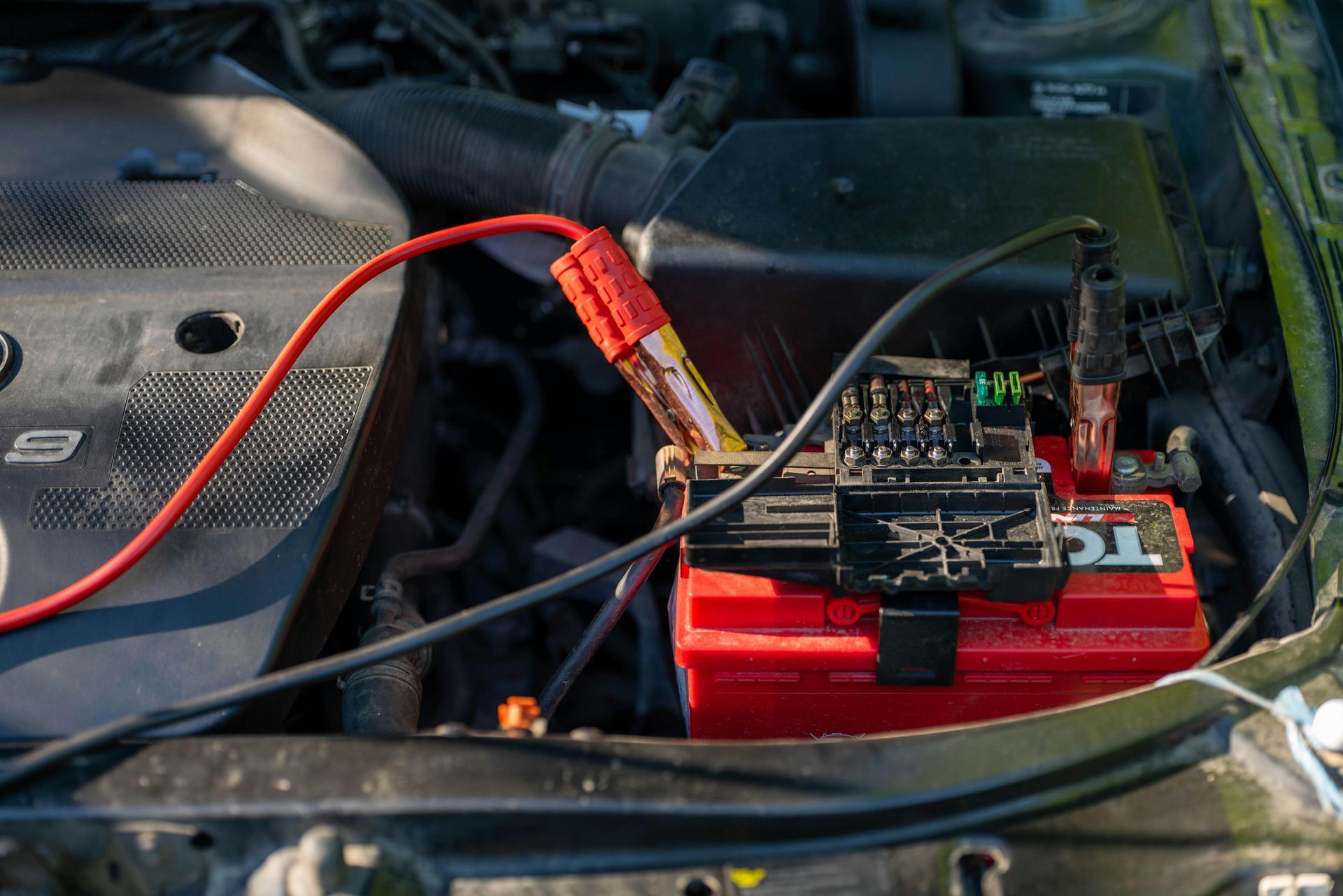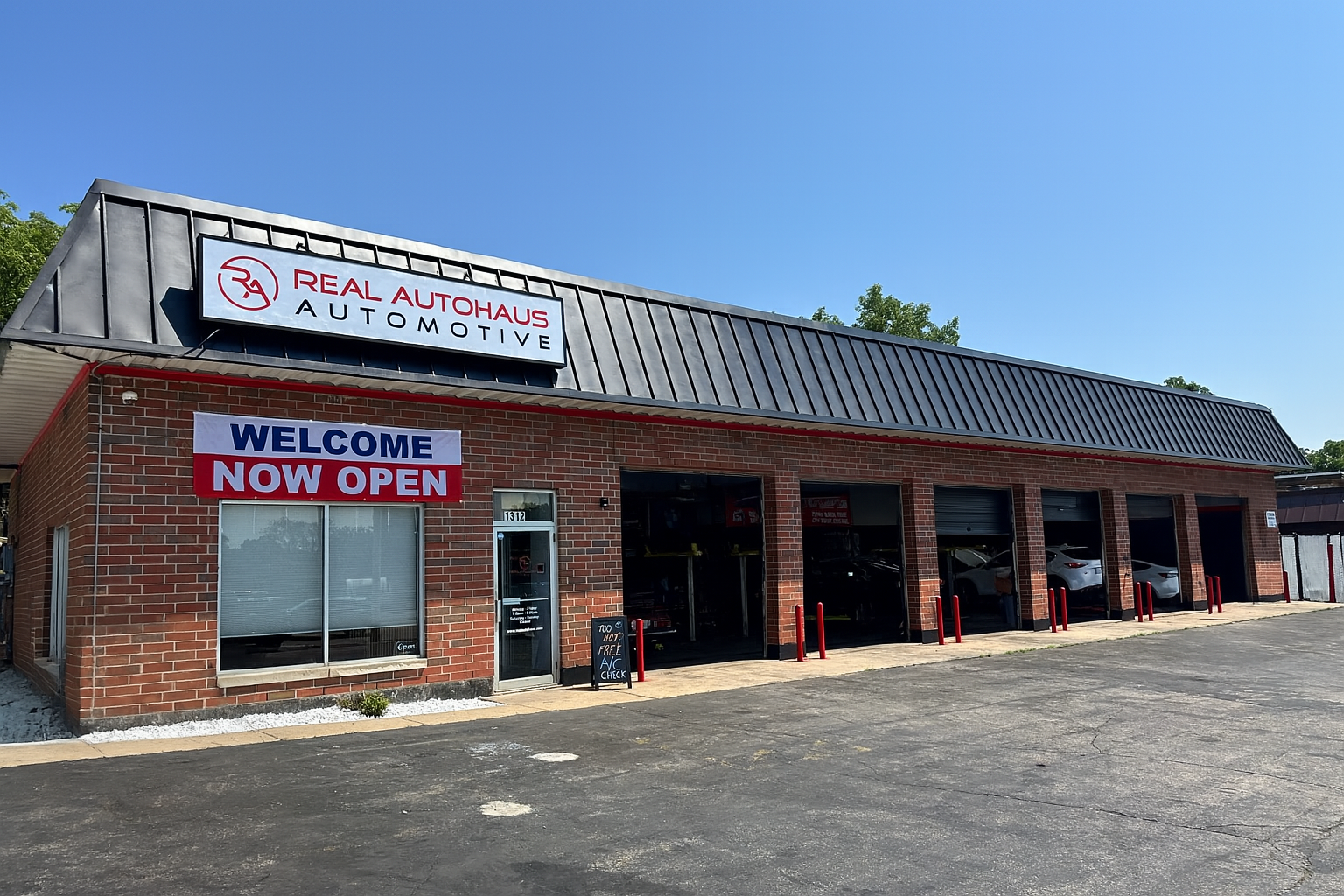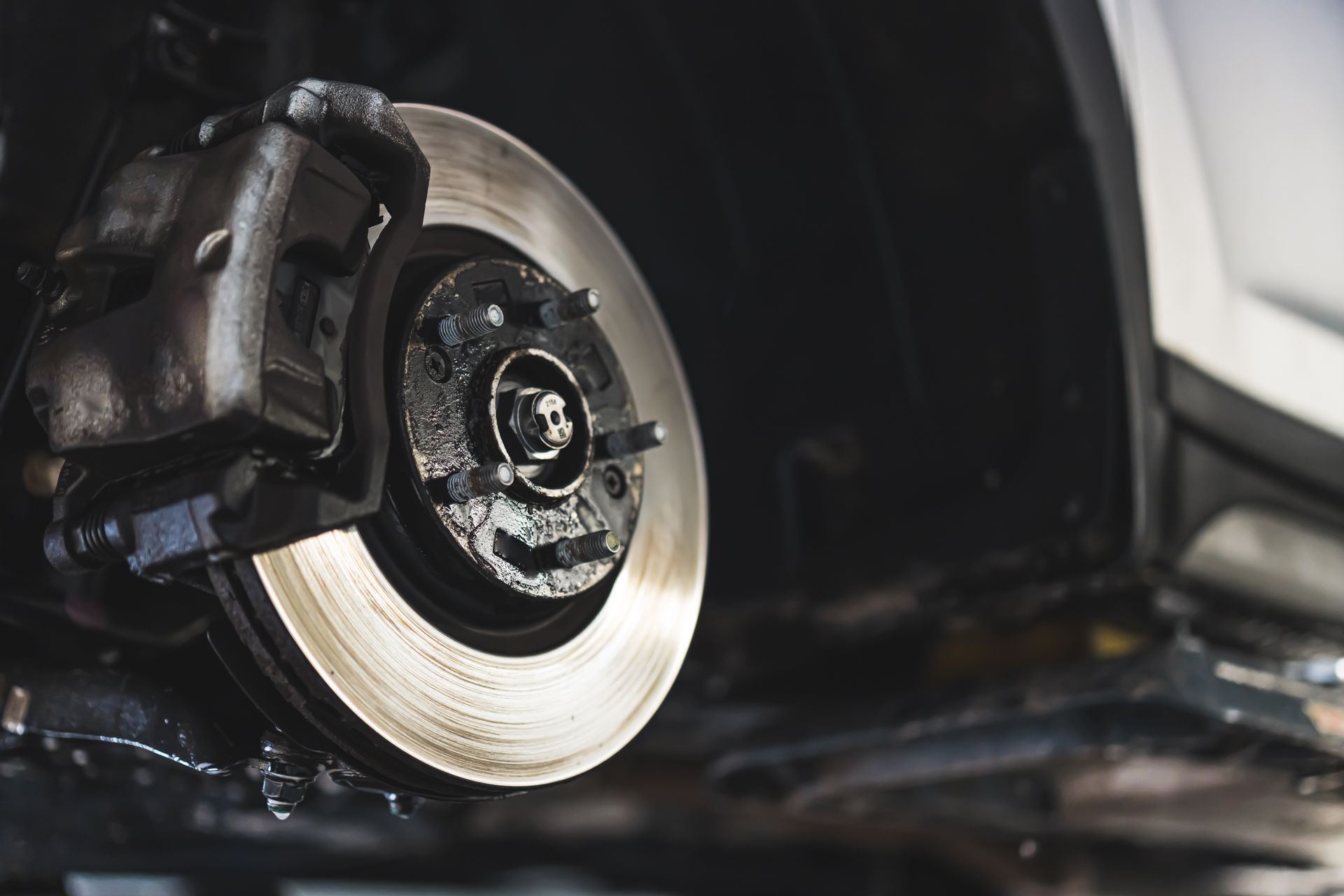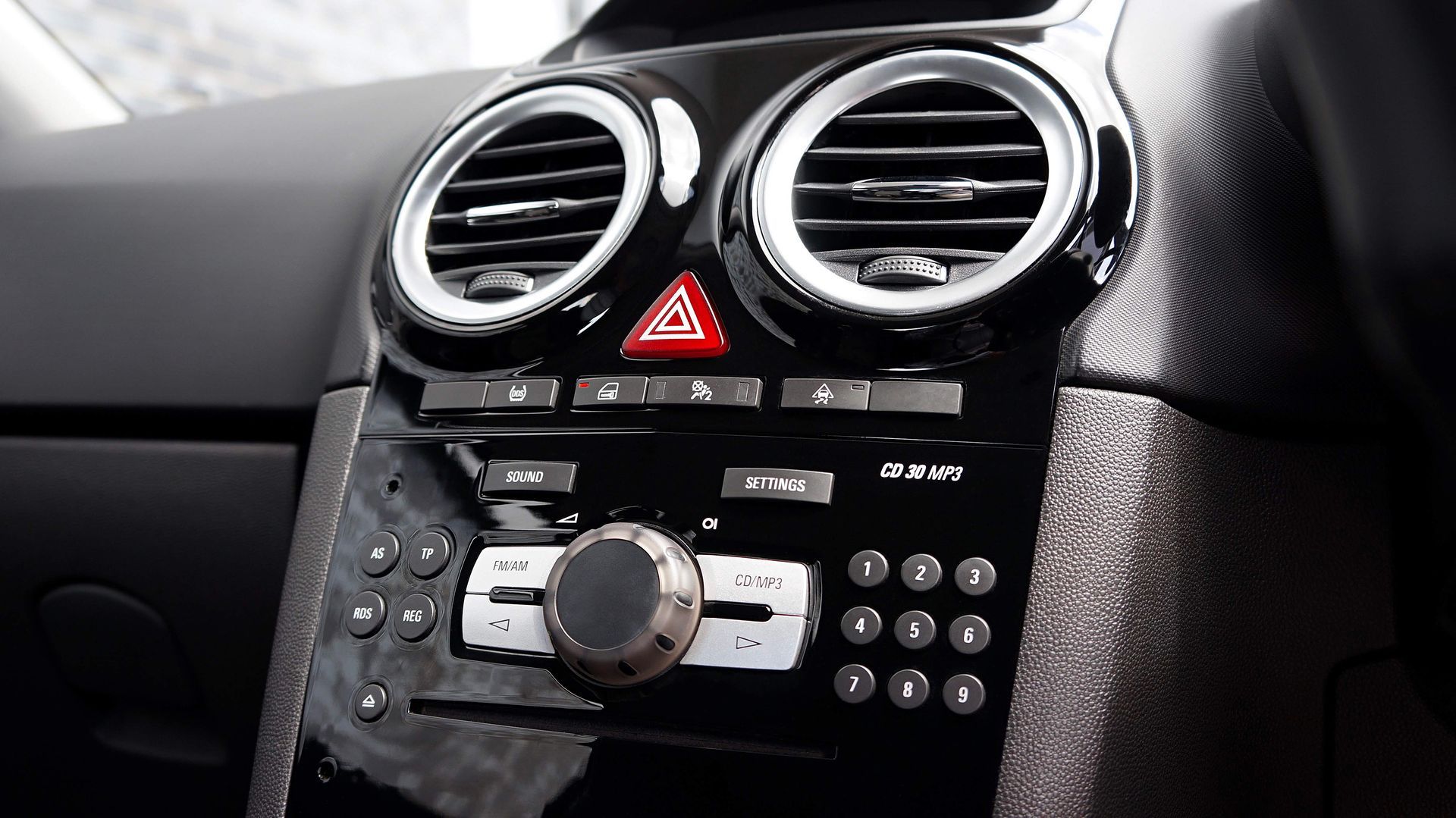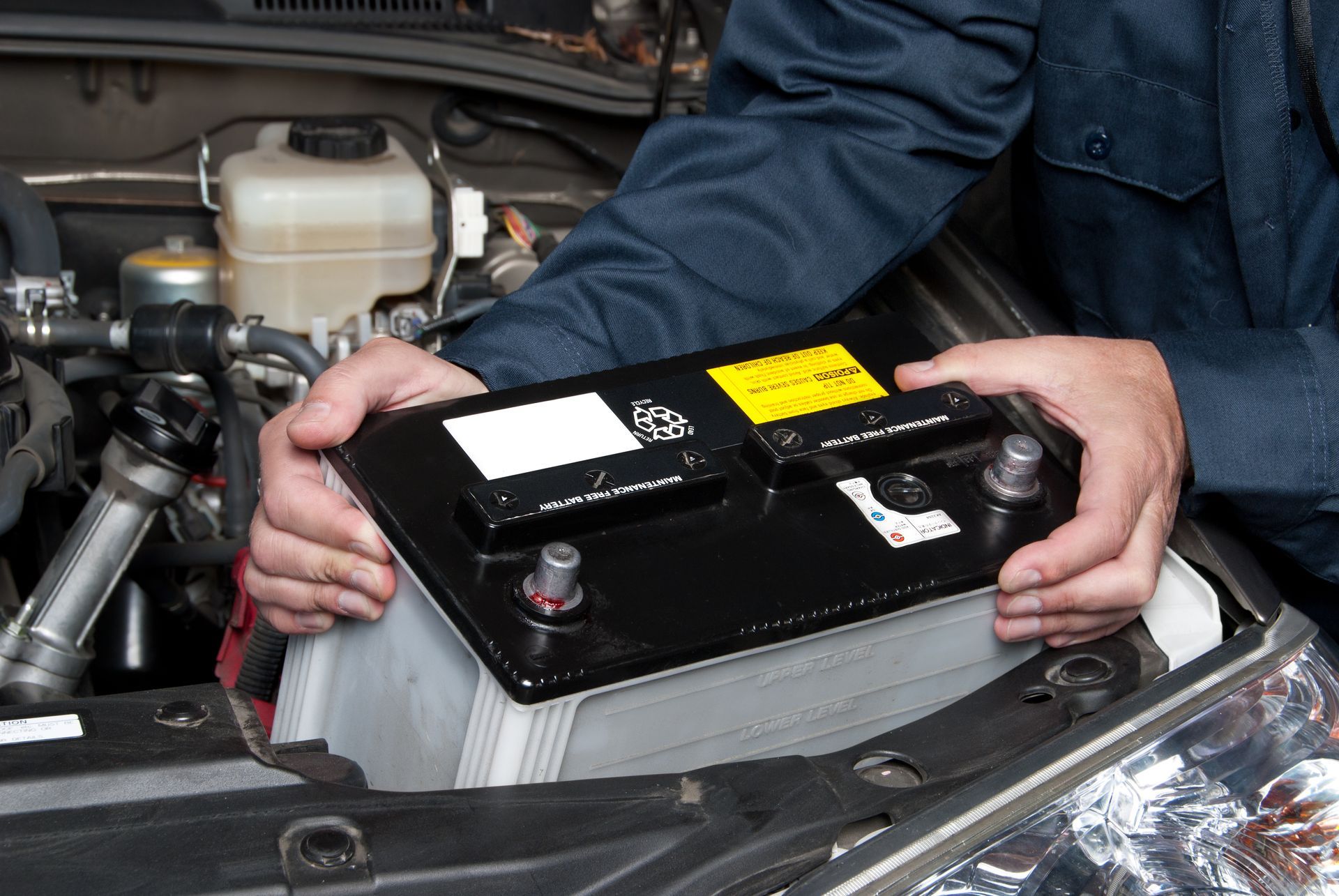What happens in a Multi-Vehicle Inspection
When it comes to keeping your car safe, reliable, and running smoothly, a multi-point vehicle inspection is one of the best preventative maintenance steps you can take. At Real Autohaus in St. Charles, IL, our technicians use this comprehensive process to evaluate the overall health of your vehicle and help you plan for both immediate repairs and future maintenance.
⸻
What a Multi-Point Inspection Entails
A multi-point inspection is a thorough evaluation of your vehicle’s most important systems and components. During the inspection, our certified technicians check key areas, including:
• Fluids: Oil, coolant, transmission, brake, and windshield washer levels
• Battery: State of charge, connections, and overall performance
• Brakes: Pads, rotors, and overall braking system condition
• Tires: Tread depth, wear patterns, and air pressure
• Suspension & Steering: Shocks, struts, and steering components for wear and stability
• Belts & Hoses: Cracks, leaks, or signs of aging that could lead to breakdowns
• Filters: Air, cabin, and fuel filters to ensure clean airflow and performance
• Wipers & Lights: Visibility and safety features checked for reliability
This detailed approach allows us to catch small issues before they become expensive or dangerous problems.
⸻
Benefits of a Multi-Point Vehicle Inspection
1. Safety First
By checking brakes, tires, lights, and other safety systems, we ensure your vehicle is ready for the road—no surprises.
2. Prevent Costly Repairs
Early detection of leaks, worn parts, or low fluids can help you avoid breakdowns and expensive fixes later.
3. Peace of Mind
Whether you’re planning a long trip or just commuting daily, you’ll know your car has been carefully reviewed by trusted professionals.
4. Better Vehicle Performance
A well-maintained car runs smoother, lasts longer, and even gets better fuel efficiency.
5. Helps Plan Maintenance
Our inspection reports outline what needs attention now and what you should budget for in the future, helping you stay ahead of repairs.

As temperatures drop across the Midwest, November and December bring a surge of vehicle issues that can easily be prevented with the right seasonal maintenance. For many drivers, winterizing their vehicle is an afterthought—yet this is one of the most important times of year to ensure safety and reliability on the road. By educating customers on what their vehicle truly needs in cold weather, your shop positions itself as a trusted authority in automotive care. One of the most crucial winter maintenance steps is a full electrical and battery system check. Batteries lose up to 50% of their cranking power in freezing conditions, making weak or aging batteries prime candidates for unexpected failure. Professional shops can run a load test, inspect terminals, and evaluate charging systems—far more accurate than what a consumer can do at home. This level of preventive attention helps customers avoid holiday-season breakdowns and proves your shop is serious about proactive rather than reactive care. Tire traction is another often-overlooked winter safety factor. As temperatures fall below 45°F, all-season tires begin to harden and lose grip. A certified inspection for tread depth, sidewall condition, and tire pressure—combined with professional recommendations for snow tires or all-weather tire alternatives—can substantially reduce the risk of sliding, skidding, or extended braking distances. When your shop educates drivers about this science-backed safety element, it elevates your expertise well beyond basic tire service. Finally, winter maintenance isn’t complete without attention to fluids, belts, brakes, and heating systems. From ensuring coolant is properly mixed for freezing temps to inspecting brake pads for winter road salt exposure, your shop demonstrates that true winter readiness requires a multi-point, professional approach. By publishing seasonal guidance that helps drivers understand the “why” behind each service, your business builds relevance, trust, and authority in the auto repair category—leading to stronger SEO signals, more qualified traffic, and higher conversions from local customers seeking reliable winter auto care.
Discover expert auto air conditioning services at Real Autohaus Automotive in Metro Chicago, IL. Ensure your car's comfort. Schedule an appointment now!
